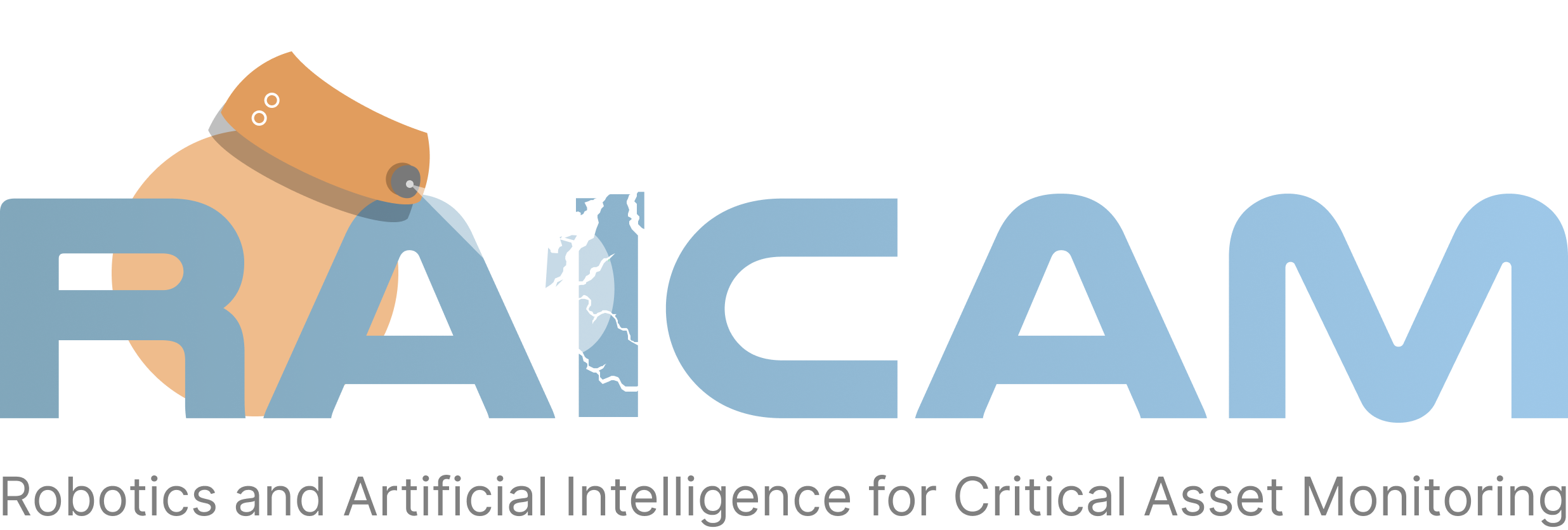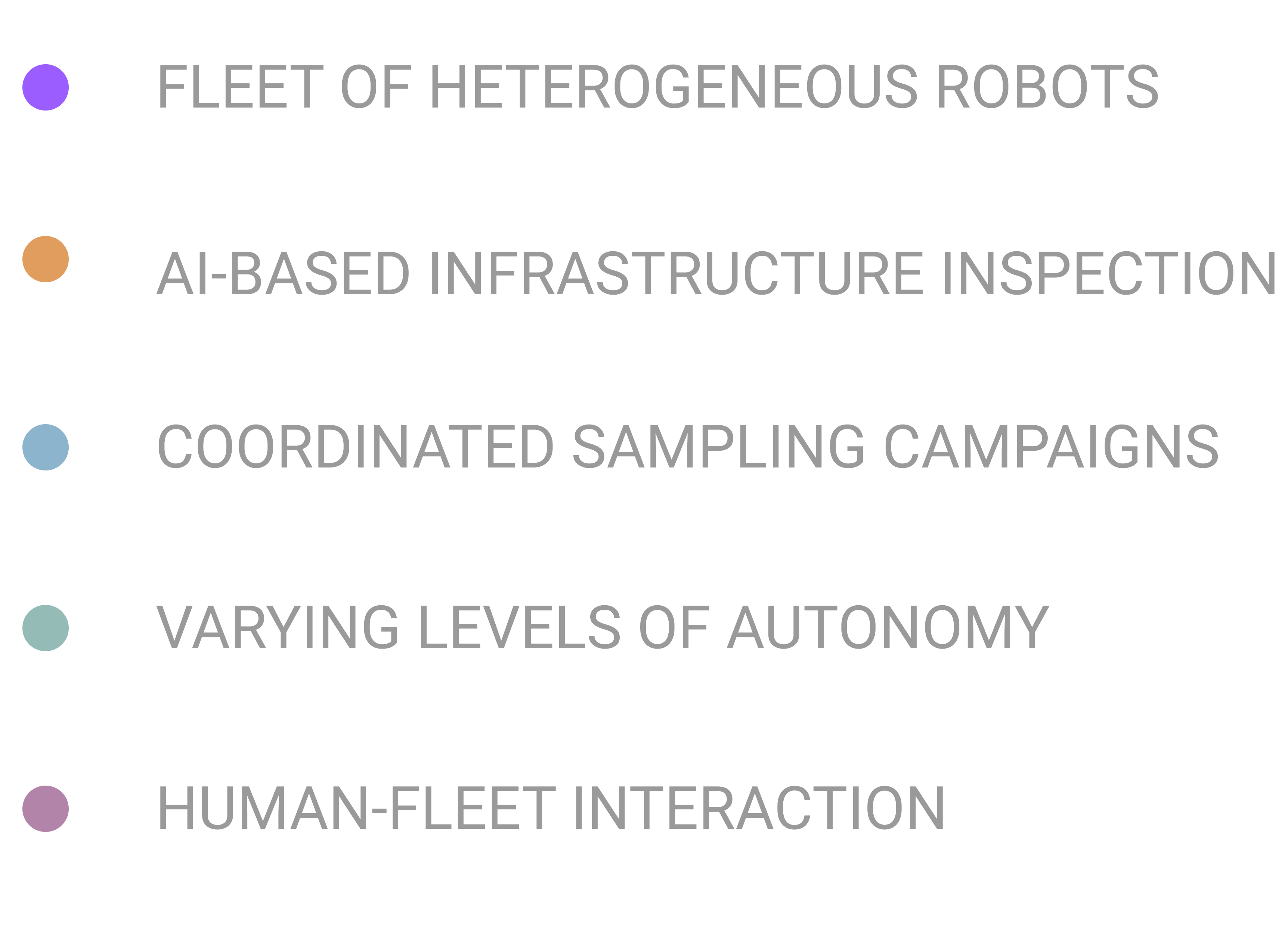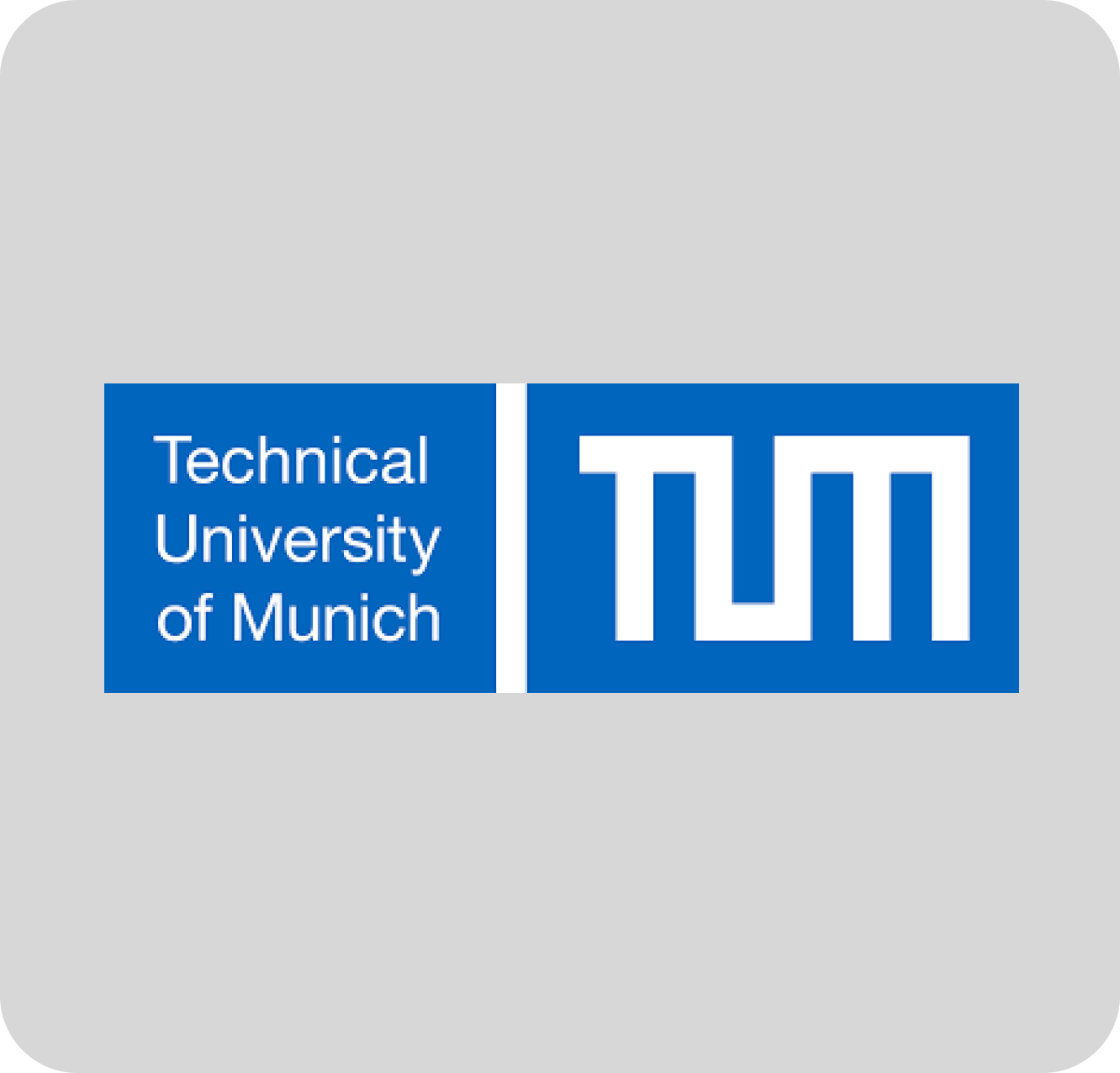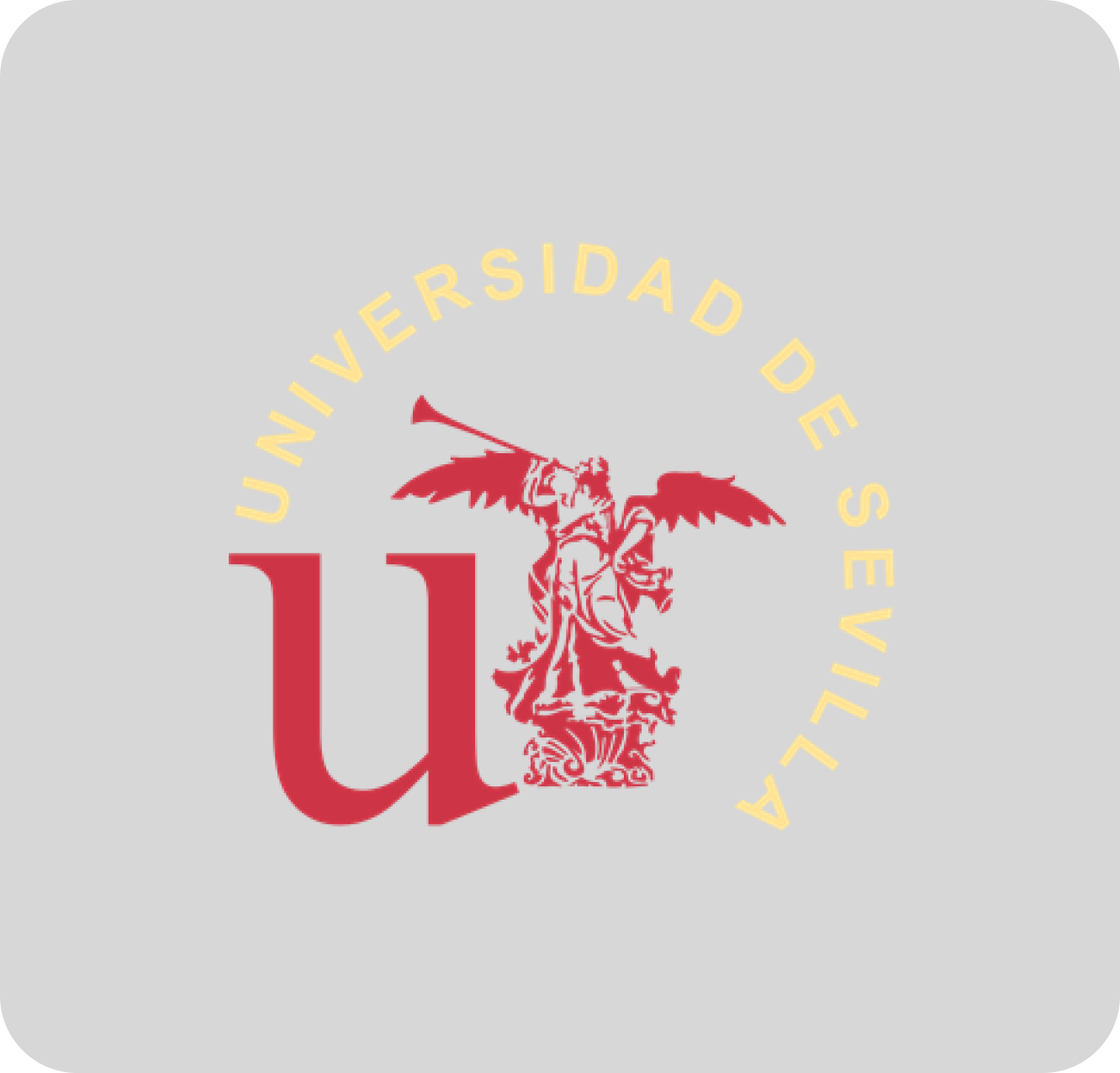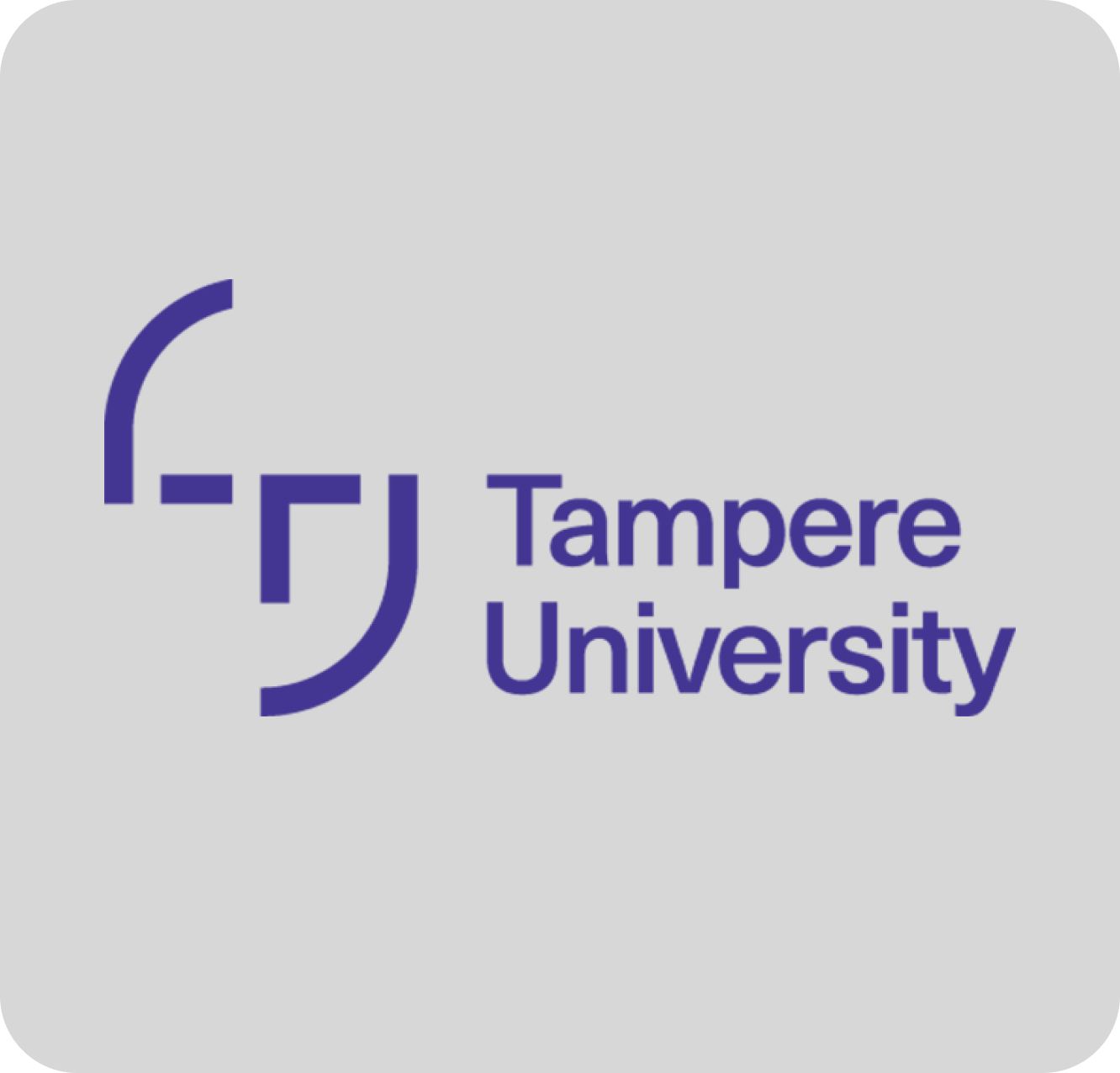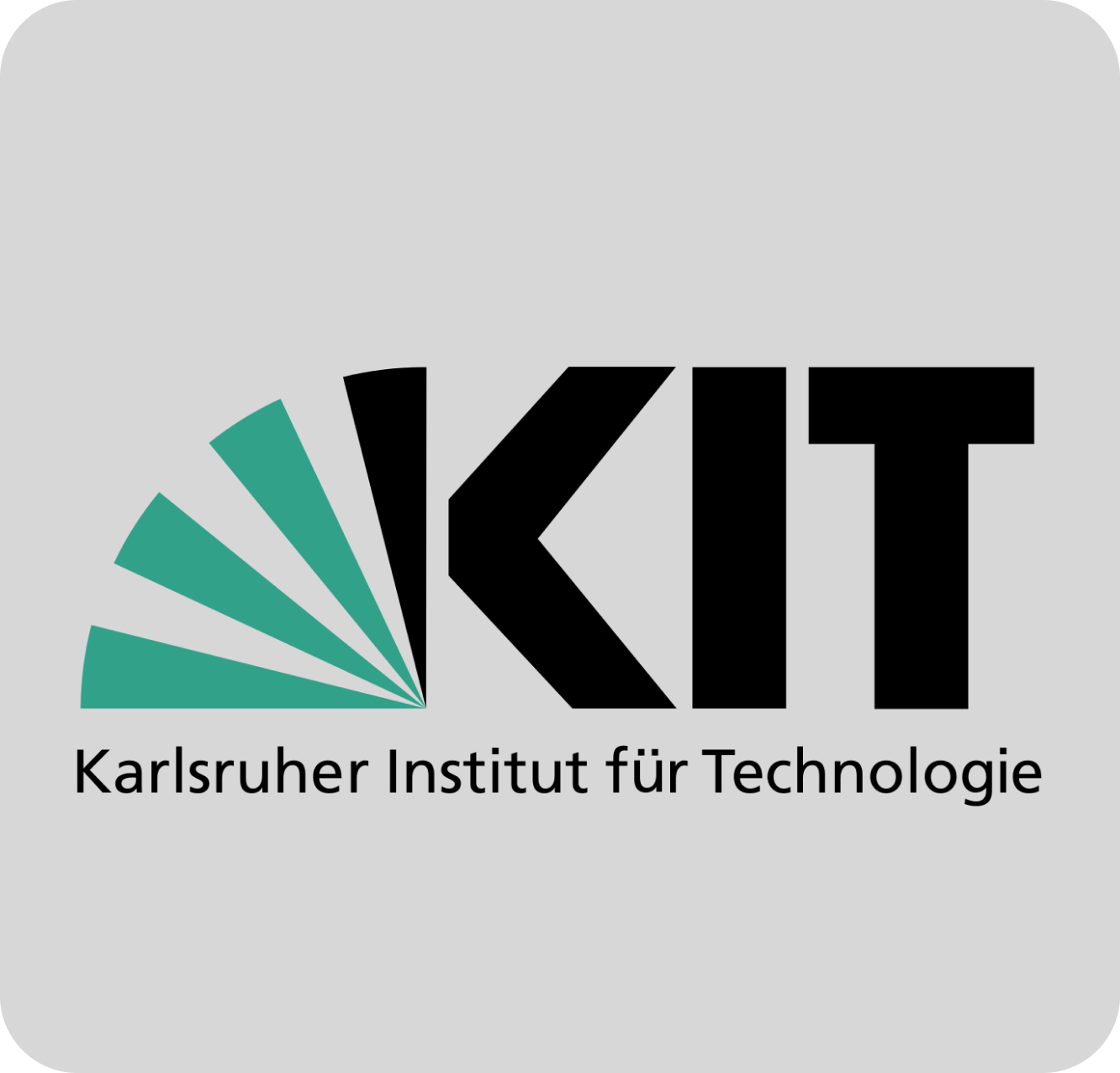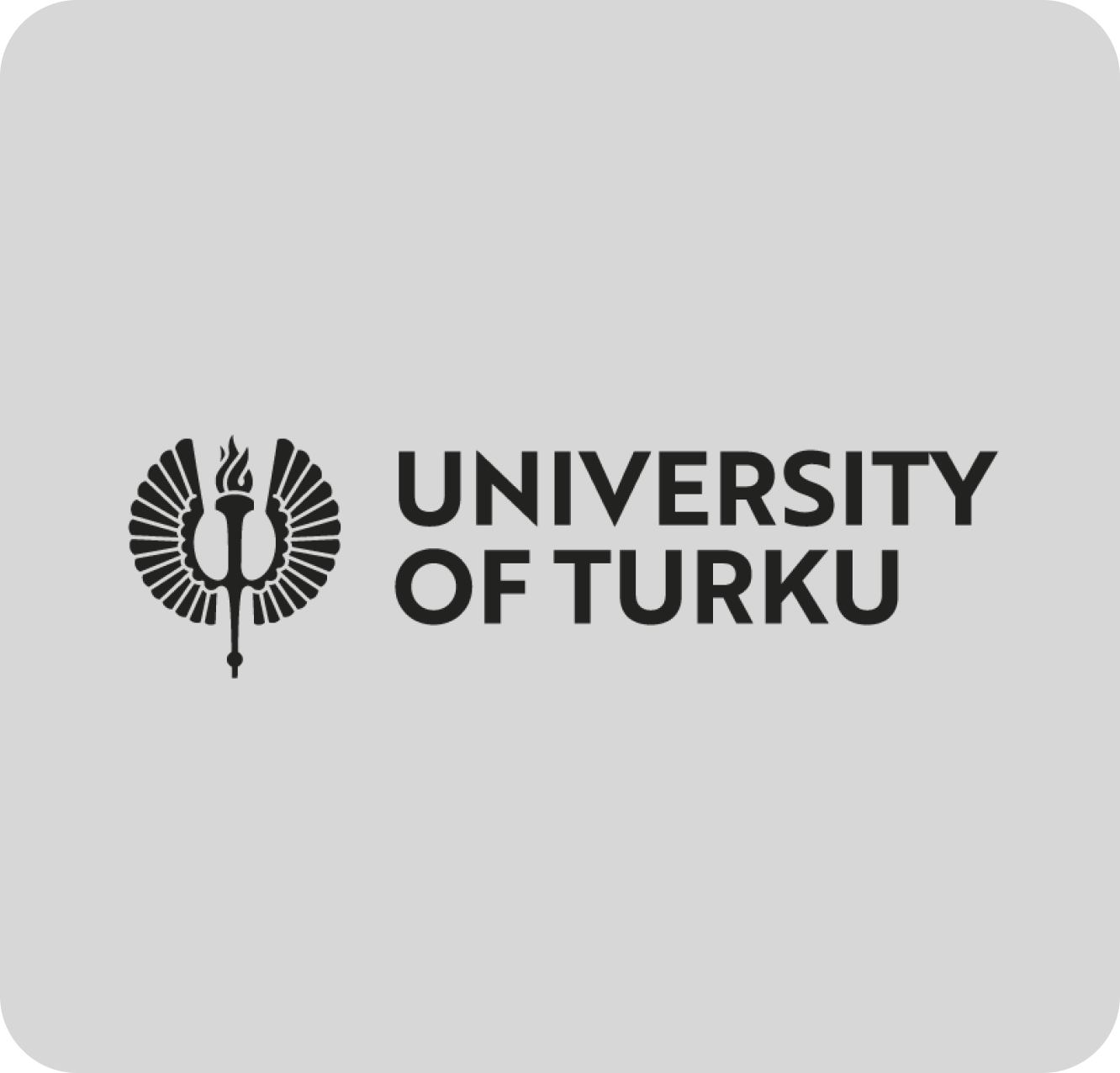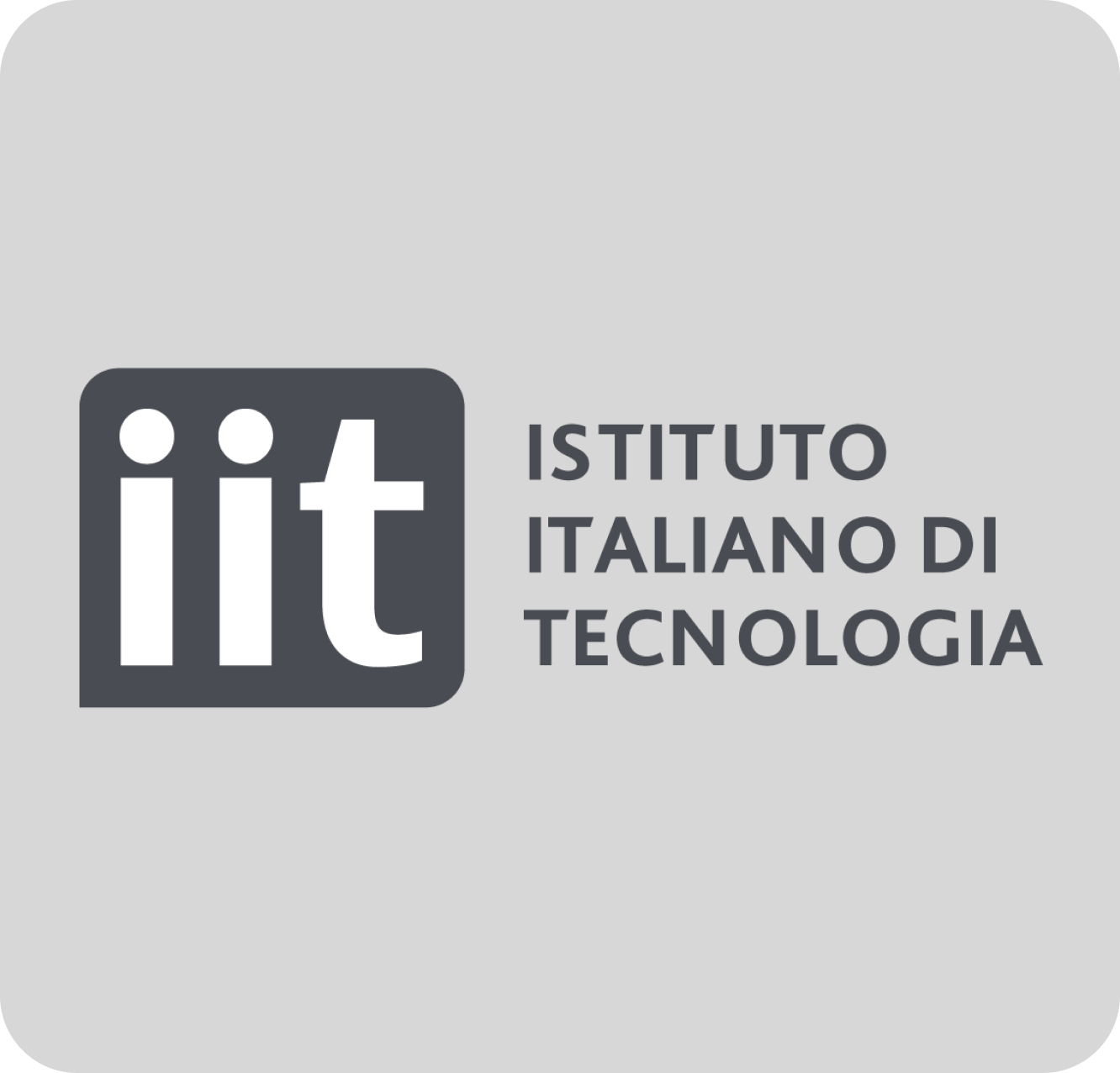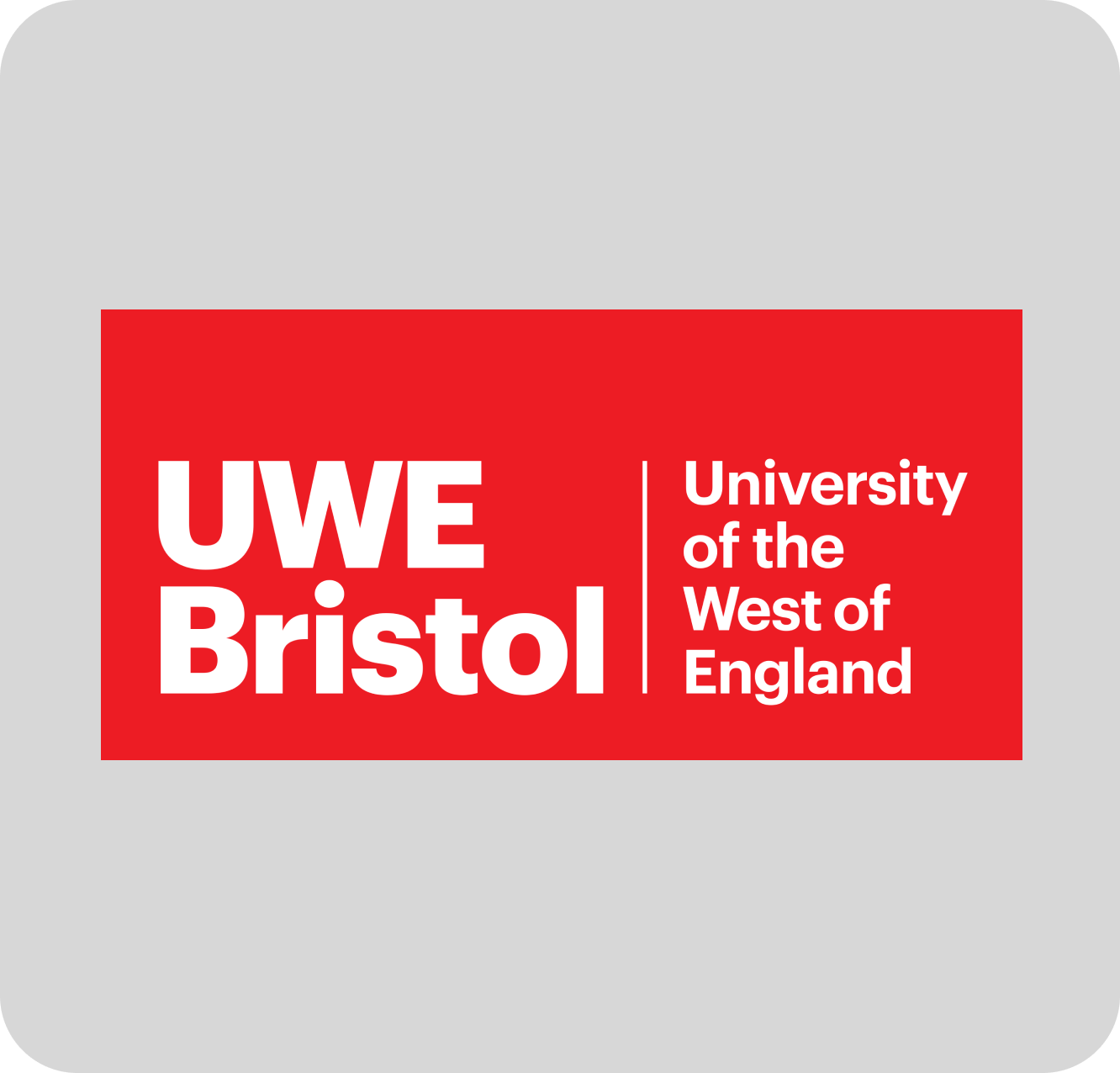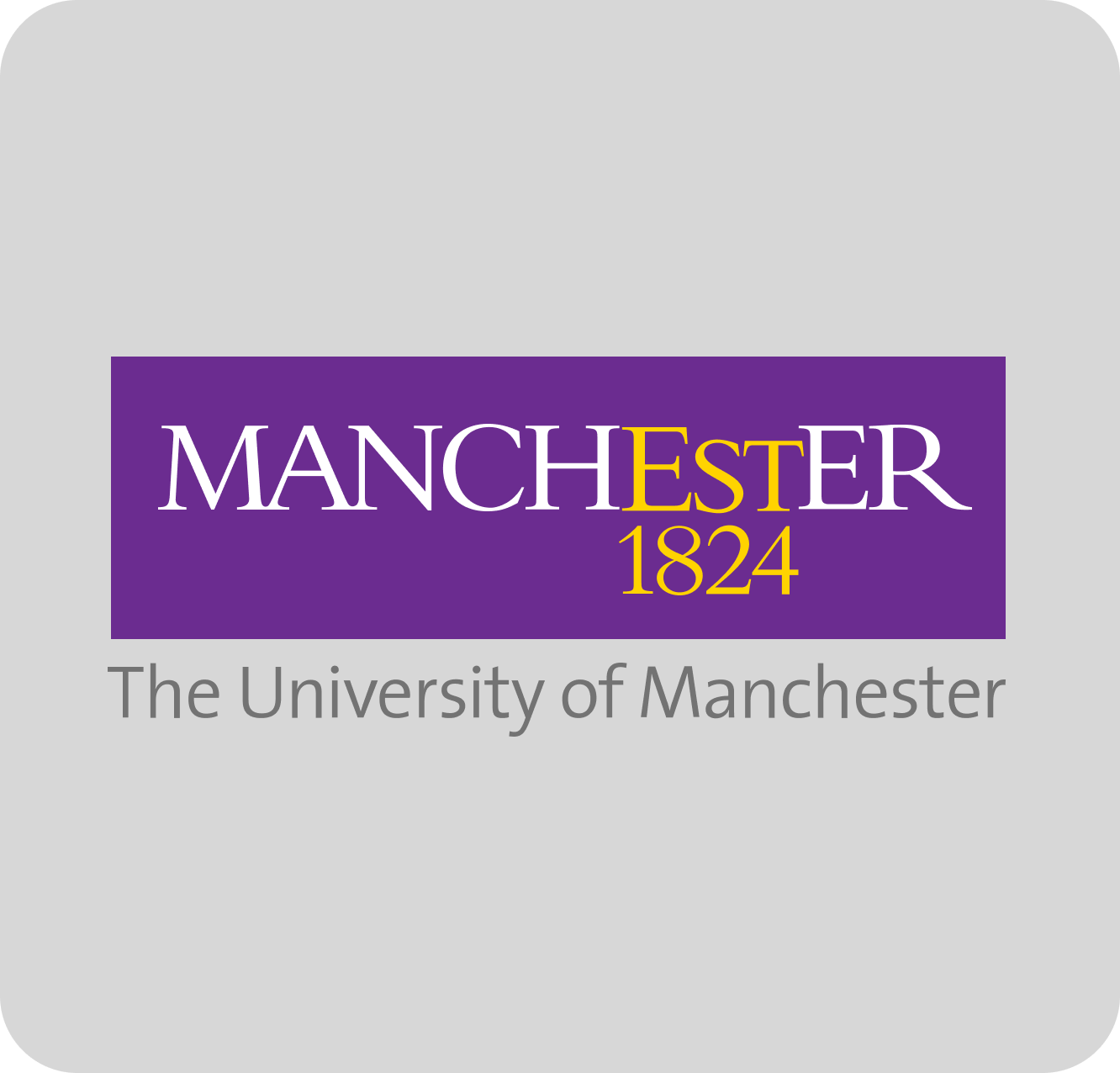Description
In a sample retrieval scenario, we aim to have a mobile robot capable of
dynamically, yet sensitively extracting and collecting pieces of materials from different target
locations.
The envisioned system should be able to perform forceful and elaborate tasks such as push, pull,
puncture,
scoop and even drill pieces attached to a surface within an unstructured environment in a safe yet
efficient
manner. This requires a bimanual setup capable of exploring both manipulation and fixture setups as well
as
coordinated and cooperative manipulation while ensuring the stability of the workpiece, robustness, and
real-time reactiveness.
The sequence of physical interactions with the environment, in turn, calls for efficient bimanual
reactive
planners that tightly interact with the control layers. Such planners should also consider whole-body
configurations and motions to intelligently use object-to-robot contacts, as well as
robot-to-environment
and object-to-environment contacts, to keep the robot and the workpiece stable under forceful operations
such as scooping and drilling.
Furthermore, the robot needs to explore the usage of different hand tools, which in turn requires
efficient
planning of different grasps and arm motions that should be coordinated with the predicted motions,
obstacles, and interaction forces during operation.
This provides the task-planning expertise to the robotic system, yet the robot should be able to learn
elaborate aspects of the interaction, i.e., low-level skills, which are intrinsically harder to model,
e.g.,
the forces and adaptive impedance during scooping, both through teleoperation and as well as kinesthetic
teaching.
To realize such a system, this research project will investigate sequential whole-body sequential
manipulation planning for physical interaction within an unstructured environment, possibly using hand
tools, to improve task-motion-planning efficiency while ensuring the stability of the workpiece and the
robotic system.
The development of such unique system will be a crucial building block to any future endeavours within
cooperative manipulation, and the usage of bimanual systems, for inspection, maintenance, and repair of
critical infrastructure.
Host: Technical University of Munich, Germany
Located in the prosperous capital of Bavaria and home to over 39000 students, the Technical University
of
Munich (TUM) is one of the world’s top universities (top 4 European technical universities in The World
University Ranking, top 10 in Global University Employability Ranking, etc.). TUM benefits from the
healthy
mix of companies and startups of all sizes headquartered in the region and since 2006 more than 800
startups
have been developed by students and staff at the institution. Every year, TUM signs more than 1,000
research
agreements with partners in both the scientific and business communities.
The TUM Munich Institute of Robotics and Machine Intelligence (MIRMI), formerly MSRM is directed by
Prof.
Haddadin (2019 Leibniz prize winner, Federal president’s award). The MIRMI is a TUM’s globally visible
interdisciplinary research center for machine intelligence, which is the integration of robotics,
artificial
intelligence, and perception. MIRMI is also the home of to the Chair of Robotics and Systems
Intelligence
(RSI), held by Prof. Haddadin. The MIRMI/RSI is a vibrant environment with three different locations at
the
heart of Munich, including a lab at the Deutsches Museum. It is also home to 12 Senior Scientists, and
50+
PhD students. The Chair of Robotics and Systems Intelligence has coordinated and participated in over €
60m
of German and European funded projects, including H2020 Softpro, H2020 SoftPro, H2020 Darko, H2020 I.AM,
H2020 Reconcycle, and leading MIRMI’s Lighthouse Initiative Geriatronics with over € 25m.
Supervisor(s): Prof Sami Haddadin, Dr Luis Figuerdo
Essential Skills & Qualifications
- An MSc qualification in Robotics, Computer Science, Electrical & Electronic
Engineering, Mechatronic & Mechanical Engineering, or other equivalent
discipline
- An MSc dissertation on a robotic topic
- Excellent programming skills
- Evidence of practical experimental work in robotics
- Evidence of strong mathematical background
- Evidence of solid knowledge in manipulator modelling and control
Desirable Skills & Qualifications
- Evidence of using ROS/ROS2
- Knowledge/experience relating to one or multiple of the following topics: motion
planning, force/impedance control, robot learning, bimanual/multi-arm
manipulation.


